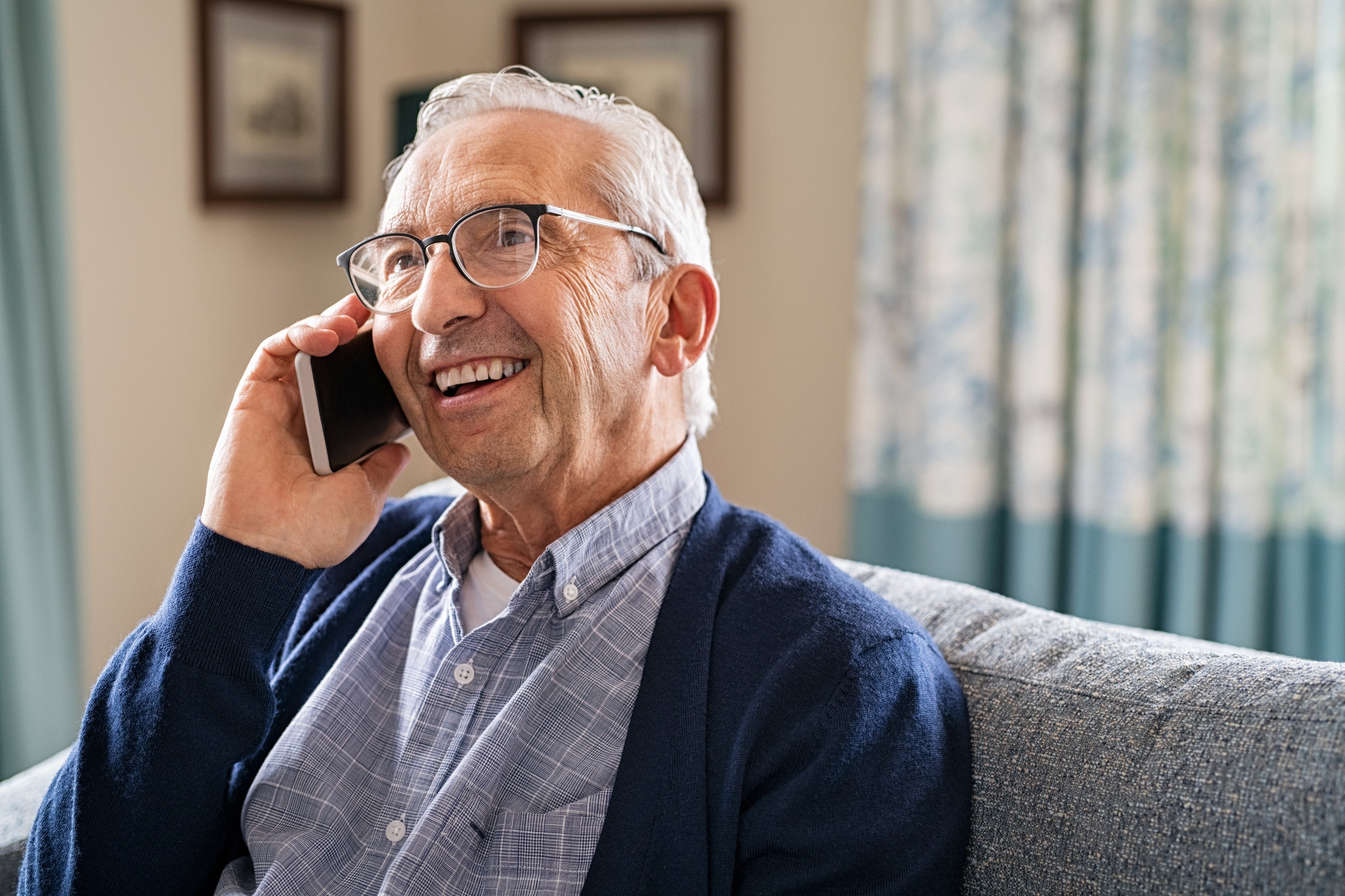Mobility scooters are designed with adaptability and flexibility firmly in mind. Everyone who uses one not only has different mobility needs but also different social and practical requirements for any form of transportation they use.
For some people, practicality means a lightweight, robust scooter that can be easily packed into the boot of a standard car rather than requiring a specialist adapted car or wheelchair accessible vehicle (WAV).
In other cases, practicality is a robust, comfortable, secure and safe enclosed cabin car-style mobility scooter designed to be used for longer trips and containing many of the comforts and features you would expect from a small car.
They have become particularly popular in recent years, with a stylish design, a wide range of colour options and extras such as alloy wheels, but to explain why, it is important to take a look at what an enclosed scooter is and what they offer that a conventional class 3 machine cannot.
What Is A Cabin Car Scooter?
A cabin car or enclosed scooter is a type of road-legal class 3 mobility scooter that features a completely enclosed body and many features more commonly associated with a small car than a mobility scooter.
Resembling the look of an electric microcar such as the Renault Twizy, an enclosed scooter is designed to provide a more stable shelter from the elements than some canopy attachments, windbreakers or ponchos.
In some cases, the roof is the big selling point, but many enclosed scooters are designed to more closely resemble a car in how they drive and the additional functions they provide in the cockpit.
Whilst the controls still more closely resemble a mobility scooter’s handlebars, the power delivery and acceleration up to the legal limit of 8mph is smoother. They also typically have a slightly longer range, feature easy-access doors, windscreen wipers, USB ports for plugging in mobile devices, and even parking cameras and sensors on some models.
Why Is An Enclosed Scooter So Desirable?
In some respects, the cabin car is an extension of the Invacar, a standardised car designed for use by drivers with mobility issues.
Unlike the cabin car, which is a mobility scooter with a roof fitted, the Invacar and similar microcars were officially classed as road-going cars that required a license and registration until they were recalled and banned in 2003.
This type of adapted car was replaced by the Motability scheme in 1977, which, much like the various mobility scooters available today, allows people to choose the type of car they want and have it adapted for their needs.
However, as proven by the fact that over 200 Invacars were still in service at the time they were recalled, there was still a need for a tiny one-person vehicle that could provide the same level of protection from the rain and security when out and about.
An enclosed scooter is more practical for short journeys than the Invacar was, simply because it can be used when travelling on pavements, in built-up areas and even indoors.
Why Is A Cabin Car Better Suited For Long-Range Journeys?
The major selling point of an enclosed mobility scooter is its greater suitability and capabilities on the road than a conventional road-legal scooter, primarily due to its enclosed bodywork.
Inside an enclosed mobility scooter, you are better protected from the wash, splashback and turbulence caused by other road users, have protection from wet and cold weather thanks to the combination of a hard roof and heating system, and the softer suspension is designed with longer rides on uneven terrain in mind.
The chair has the same range of motion and customisable options as it would for any other mobility scooter, which means that it is designed to be easy to get into and out of, as well as being cushioned and sprung specifically to be comfortable to sit in.
As well as this, there are several enclosures that can be used to keep your possessions secure, including a rear locking box and space inside the cabin itself. This can itself be locked, and many enclosed scooters come with remote central locking to ensure that your vehicle is safe.
Unlike an adapted conventional road car, on the other hand, you do not need a license to drive an enclosed scooter. They are considered to be class 3 mobility scooters, so anyone over 14 who needs a mobility scooter and registers it with the DLVA can drive one.
This means that, if you use your mobility scooter for regular, multiple-mile journeys, a cabin car is the more comfortable, secure way to get around.





